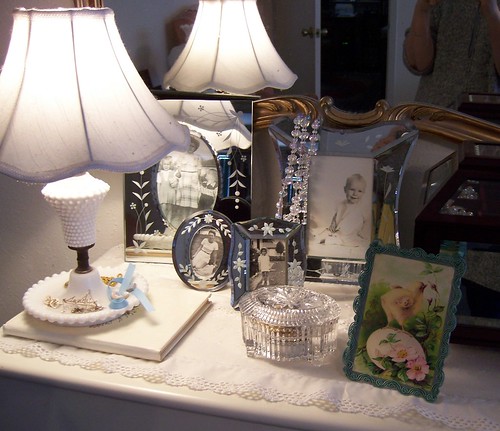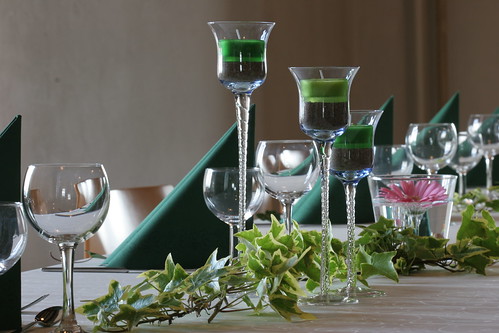Taking Care Of Antique Furniture
By : Ricardo d Argence
Antique furniture requires a certain amount of care and maintenance to keep it from harm and deterioration.
Knowing how to care for your antique furniture properly will protect your investment and keep your antiques looking their best for years to come. There are three aspects to properly caring for your antiques proper cleaning, proper protection, and maintaining a proper environment.
Never use chemicals to clean your antiques. They can damage the finish. Dusting should be a part of every cleaning regimen.
Furniture should be dusted frequently to avoid dust build up. Dust can be harmful to your antique furniture. Always use a soft cloth that will not harm or scratch the surface of your furniture.
Avoid the use of polishes that keep dust away some of the chemicals can cause a weakening of your antique's finish.
Proper protection includes where you put your antique. Is it in a place where people will knock into it frequently? Is it in direct sunlight? These situations put your antique at risk of damage.
Be sure to treat your antique with the appropriate wood oil to maintain its luster and keep the wood from drying out. When the wood dries, it can cause cracking or separation, as well as weaken the piece.
Putting your antique somewhere you can enjoy it as well as keep it away from high traffic areas is preferable.
One of the most important aspects of caring for your antique furniture is maintaining the right environment. The proper environment should be neither too dry nor too damp.
The first step is to make sure your furniture is not located right next to a radiator or heat source. Houses with central heating can easily become too arid. If your air is only 25-30% moisture, you're close to the moisture level of the Sahara Desert.
Didn't know that, did you? You may want to consider a humidifier. It will help you as well as your furniture.
Humidifiers can be discreetly placed in the room in a variety of ways.
A special cabinet with a screened front may work, or if you like plants, it can be placed behind several pots. The plants will appreciate the added humidity anyway. If your home is kept at approximately 70 degrees F, you will want to aim for around 50% humidity to safeguard your antique furniture.
There are several types of humidifiers on the market; you'll want to select one appropriate for the size of your room. They also come with automatic shut off controls in case you forget to refill the water basin. Some humidifiers create a light steam.
This is a sterile form of humidity, and should be easy to use. The steam is visible and this model should be easy to clean.
If you prefer a cool form of humidity, you will want to choose one that distributes the humidity by a fan. A model like this will produce a little noise from the operation of the fan motor, unlike the silent steam model. You'll need to change filters as needed.
Ultrasonic humidifiers create a fine visible mist. There will be a low noise and you may find white chalky deposits on nearby surfaces after a period of use. You must use soft or distilled water with this variety.
About The Author-- Alojate.com is the premier web hosting company in Mexico, offering a range or services for all business needs.
http://www.moblibar.com.mx http://www.pedregalescapes.com
Article Source: Articles island - Free article submission and free reprint articles






